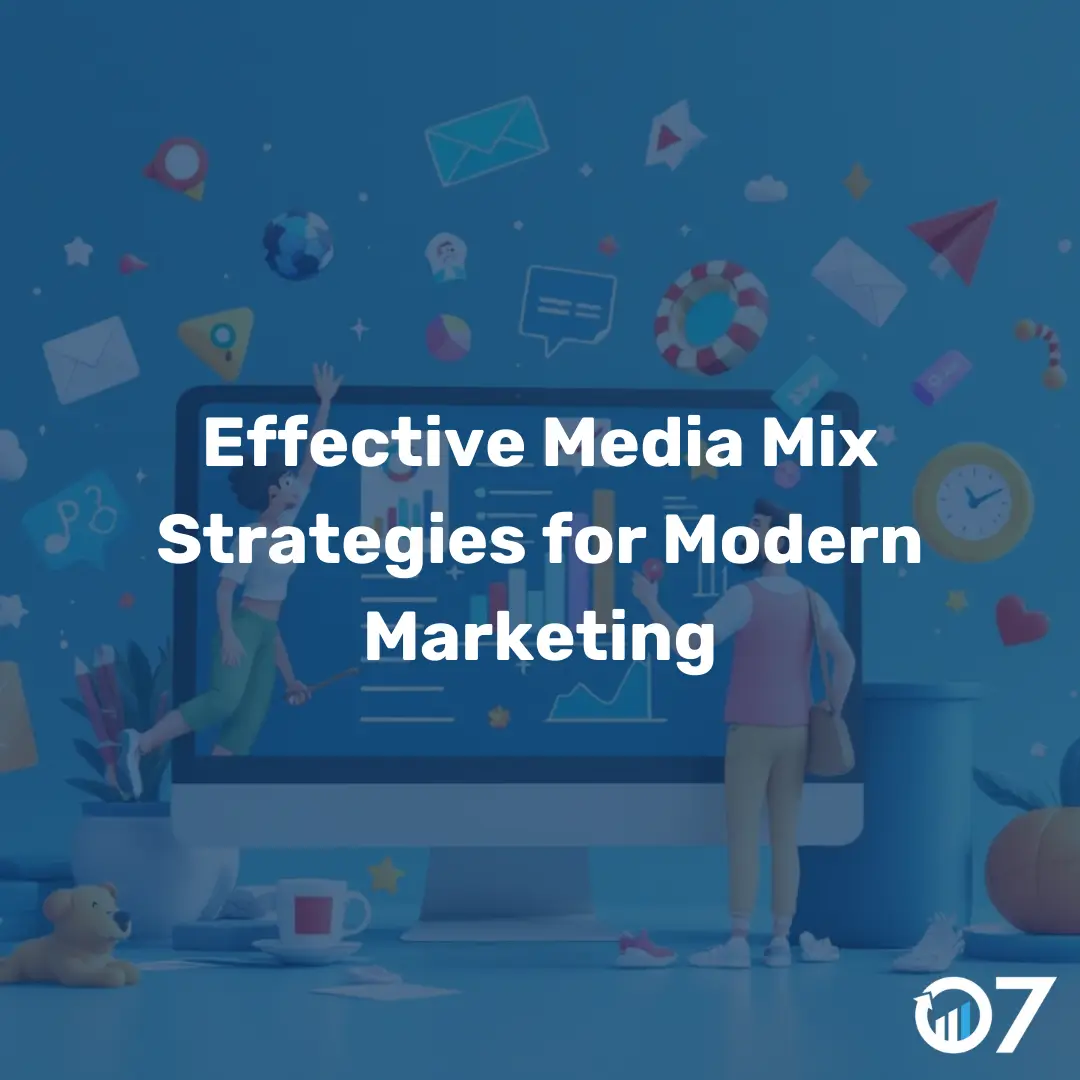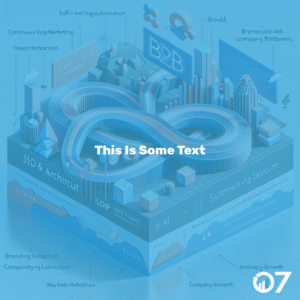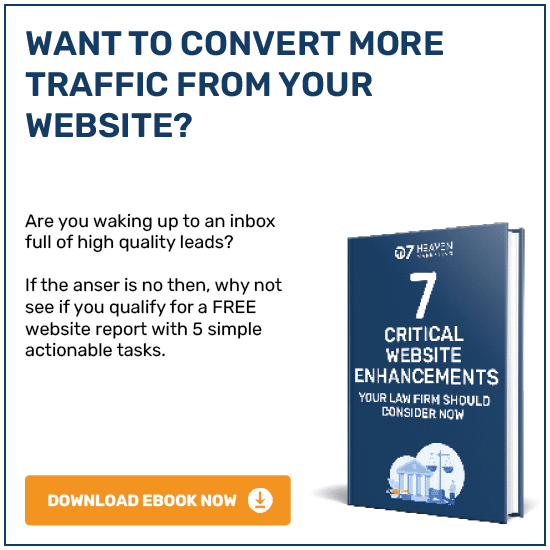Effective media mix strategies are essential for connecting with customers wherever they are. By reading on, you’ll discover how to optimise your campaigns for better results.
In today’s dynamic marketing landscape, businesses must be present across multiple channels to effectively reach their target audience. This is where a well-thought-out media mix strategy becomes invaluable. By leveraging various platforms such as social media, email, websites, and even traditional media like TV and radio, you can ensure your message reaches the right people at the right time.
A media mix is essentially an overview of the channels a business uses to execute its marketing strategies. Optimising your media mix involves analysing the performance of these channels to ensure maximum impact. Think about the last campaign from your favourite brand. What stood out? By incorporating a media mix into your yearly planning, you can pinpoint what resonates with your audience.
Let’s dive into an example that illustrates how effective media mix strategies can elevate a campaign.
Media Mix Example
Theory is great, but seeing it in action is even better. Consider the recent campaign by makeup brand The Lip Bar, introducing their limited edition HBCU lip gloss collection. To build anticipation and drive demand, The Lip Bar launched a multi-channel campaign that reached audiences both online and offline.
First, they used their website effectively. When you land on their homepage, you see an image of the CEO with a message about the new lip gloss collection. Clicking on the image takes you to a landing page displaying the full collection and explaining the concept behind it.
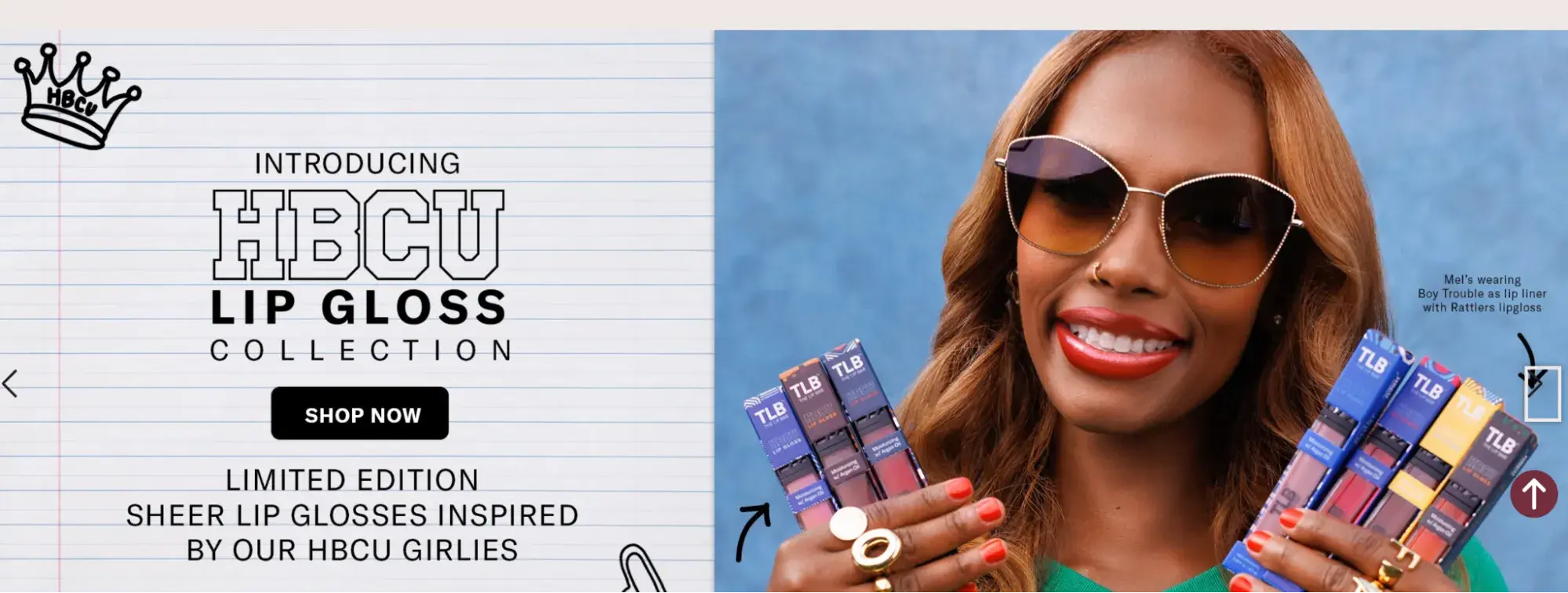
The second digital channel they leveraged was YouTube. They published a 59-second video celebrating HBCU culture and showcasing the lip gloss. This video helped to create a buzz and connect with their audience on a deeper level.
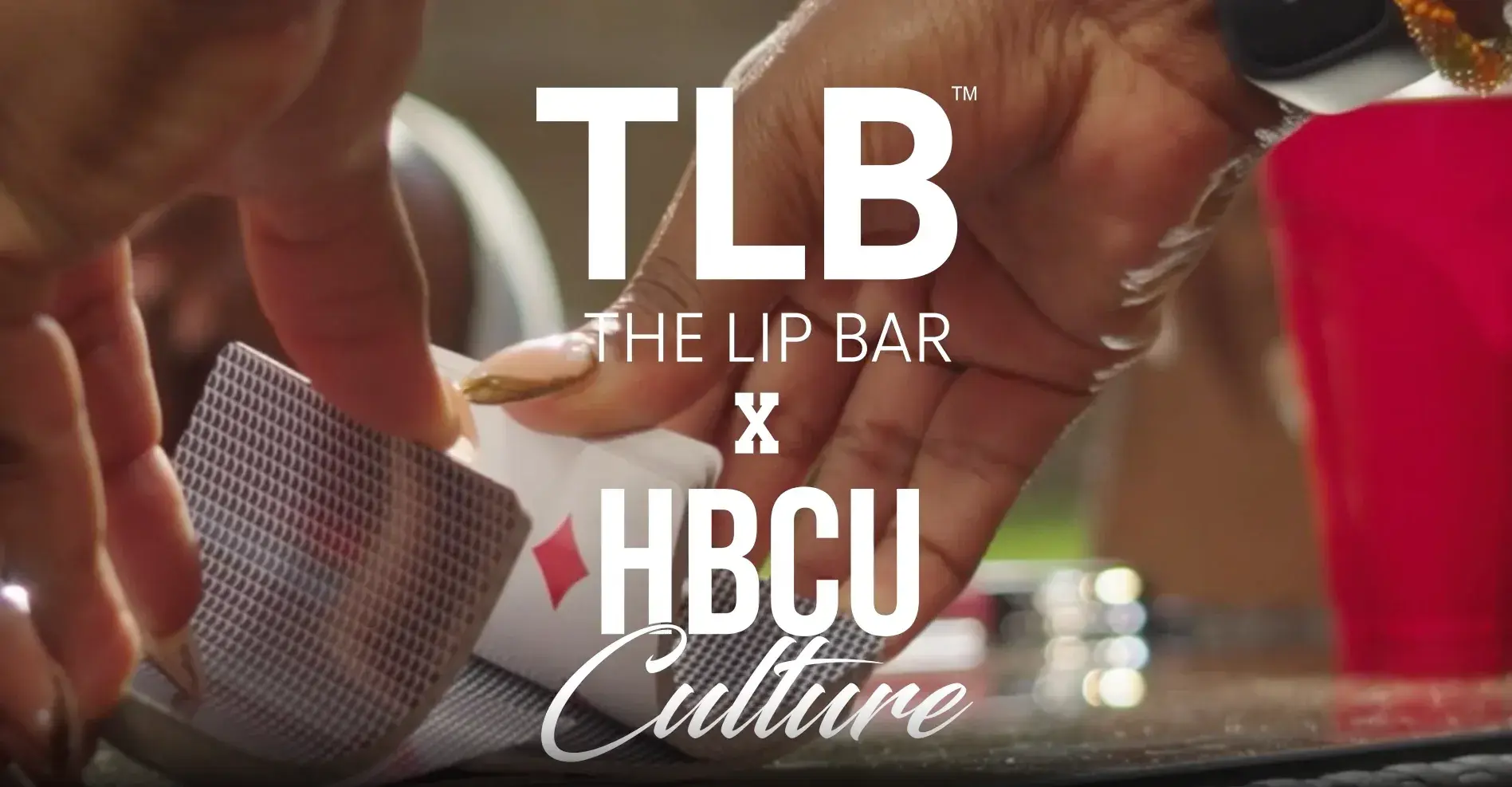
Moving offline, The Lip Bar set up a pop-up shop at FAMU’s homecoming event. They advertised this in-person event on Instagram, driving foot traffic and creating a memorable experience for attendees.
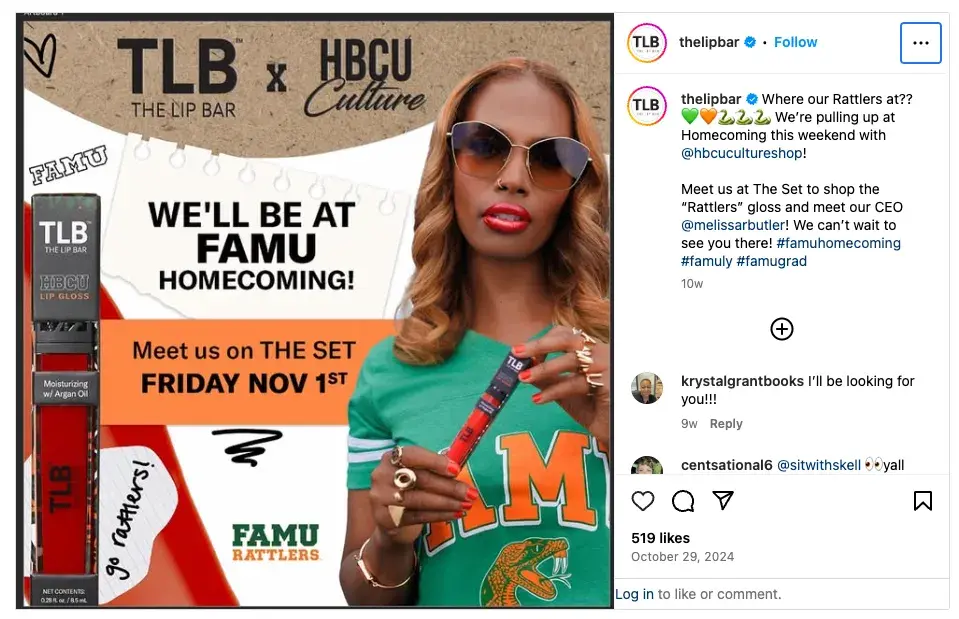
The takeaway here is clear: using a media mix allows you to leverage different strategies to see which tactics work best and lead to better conversions. The Lip Bar’s campaign is a great example of how any brand can use various channels to achieve the same marketing goal.
Media Mix Stats in 2025
The marketing landscape is constantly evolving, especially with the rise of AI. So, how are marketers tackling different channels and campaigns? Here are some compelling stats:
- 60% of brands plan to increase their media budgets, a significant rise from last year’s 29%.
- 35% of brands are shifting focus towards brand advertising over performance advertising.
- 56% of brands are reducing spend on linear TV, while 85% are increasing investments in Connected/Advanced TV, and 83% in Digital Video.
- 86% of U.S. B2C marketing executives are prioritising finding better ways to reach Gen Zers and Millennials.
- 73% of marketers face pressure to achieve more with less, with 64% reporting insufficient budgets for their strategies.
Our in-house research also reveals the following:
- 81% of video marketers use social media as their primary channel for sharing or hosting marketing videos.
- 67% of marketers report that sharing marketing videos on social media platforms like YouTube, Instagram, and TikTok yields the highest ROI.
- 43% of marketers use social media as a marketing channel, with Facebook and Instagram providing the best ROI.
- 50% of marketers leverage video in their marketing strategy, closely followed by images at 47%.
- 91% of businesses use video as a marketing tool, highlighting its dominance in the marketing industry.
Media Mix Optimisation
Now that you know what a media mix is, how do you find the right mix for your brand and product? This is where media mix optimisation comes in. By analysing data from previous campaigns and conducting audience research, you can identify the best channels to reach your audience and then send your message across those various media.
Optimising your media mix is crucial because it allows you to invest more time and money into marketing strategies that are best suited for your audiences. This involves looking at the analytics and ROI of various marketing strategies, from social media engagement data to views on the latest commercial.
Enter media mix modelling. If media mix optimisation is the “what,” modelling is the “how.” Every model can (and should) look different, depending on your marketing and broader business goals.
Media mix models can be used to analyse the relationship between a dependent variable and an independent variable. For instance, if your business wants to know how paying for a sponsored tweet affected overall blog traffic, your media mix model should accurately depict this relationship.
For businesses still deciding if media mix optimisation is right for them, here are key tips to guide you when creating a media mix model.
Tips for Optimising Your Media Mix
1. Collect personal-level data
Focus on analytics that provide an accurate picture of how customers engage with your media mix. Analytics software offers a range of tools for this purpose. Consider using a comprehensive platform like the HubSpot Marketing Hub for your needs.
Avoid having too many metrics, as this can be confusing and lead to inaccurate data. Have a clear idea of which metrics you need to track from the beginning. A typical media mix optimisation process can take anywhere from a few months to a year, so collecting the right information at the start is crucial.
2. Have a robust reporting process
When using a media mix, you often combine online and offline strategies. It can be more difficult to measure the impact of a billboard compared to a paid social ad. Think outside the box when evaluating your media mix. For example, while an online ad will have clear conversion rates, a billboard may require creative tracking methods, such as monitoring branded search volume or brand recall.
This requires a robust reporting process that accounts for both online and offline events.
3. Choose the right platform
Marketing teams that use CMS or analytics software are already ahead of the game. Such software is essential for optimising a media mix as it provides real-time engagement data and compiles it into tracking reports. Look for a platform that offers a holistic view of results across the board, ensuring consistency. Choose software that specialises in the marketing channels you are using at the time.
Because optimising involves measuring a lot of different data at once, stick to as few systems as possible. For businesses in the market for a CMS, the Content Hub is a great option that is easy to use for brands of any size.
4. Analyse the data
Understanding the data collected during media mix optimisation is crucial. The marketing world is full of processes and acronyms, and it can be intimidating to grasp them all. However, it’s important to know the data being collected and how to use it to your advantage.
For example, if a marketing team has high click-to-open rates for weekly newsletters, that’s useful information. It suggests that the next campaign could benefit from an email marketing rollout. Conversely, if the team doesn’t understand what a click-to-open rate is, the numbers won’t be helpful.
Reading data to understand its usefulness is just as important as collecting it.
5. Consider public perception
Knowing how the public perceives your brand can help fill in interpretation gaps during the modelling process. In the media mix model, consider how to incorporate customer opinion. This will give context to the numbers.
There are a couple of ways to do this:
- Monitor brand mentions on social media. Take note of the positives, negatives, and questions.
- Conduct NPS surveys to understand how customers feel about your company and its services. The net promoter score (NPS) asks customers how likely they are to recommend your business to a friend. This will help you gauge your brand’s standing in the market and assist in future marketing endeavours.
Track relevant metrics like brand awareness, brand loyalty, and customer satisfaction. This will help you gauge how your brand is perceived and where you could improve. These methods ultimately give the media mix optimisation reigns to the customer.
Conclusion Effective Media Mix Strategies
Effective media mix strategies are crucial for reaching your target audience in 2025. Gone are the days of simple, one-stop-shop advertising. To effectively put your message in front of your audience, you need to optimise your media mix with real data. This will help you understand where your audience is and how to reach them.
Taking the time to optimise your strategy will ultimately save you time and direct your resources to the right channels. For more insights, visit our blog or contact us via email at info@07hm.co.uk or telephone at 01702 410663.

